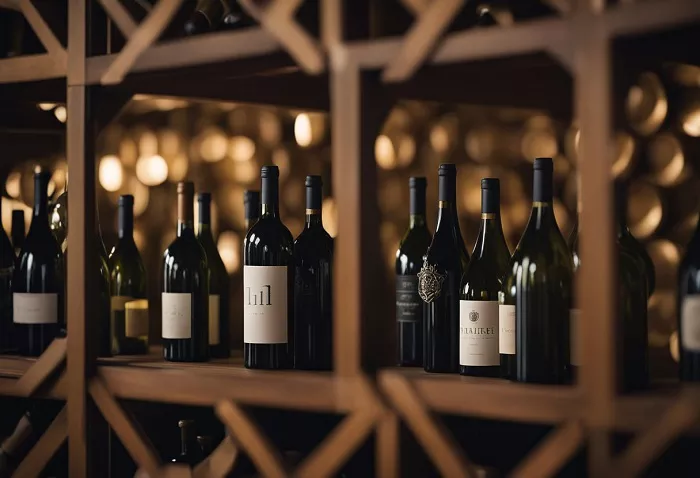VERONA, Italy, April 6 (Reuters) – The future of Italian wines, including popular varieties like Prosecco and Brunello di Montalcino, is facing increasing uncertainty in the U.S. market following the imposition of a 20% tariff on European imports by former President Donald Trump, according to industry stakeholders.
Italy is the largest wine exporter to the United States, with wine, spirits, and vinegars accounting for 2 billion euros ($2.2 billion) in sales last year. This represents a quarter of Italy’s total global wine exports, according to the Italian trade group Federvini.
At the Vinitaly wine fair held in Verona, located in Italy’s northeast Veneto region, Italian producers and U.S. importers expressed concerns that the tariffs, which took effect in late 2019, were already stalling business. They warned that the long-term effects could be damaging, particularly if the tariffs remain in place.
Lamberto Frescobaldi, chairman of the Italian Wine Union lobby, estimated that the tariffs would result in a loss of around 323 million euros annually for Italian wine exports to the U.S.
Industry professionals are now looking to Europe and the U.S. to negotiate a deal that could reduce or eliminate the tariffs. “Hopefully, the EU will not retaliate—this could escalate into a trade war, which would be difficult for us to manage,” said Simone Luchetti, president of U.S. wine importer Banville, during the Vinitaly fair.
While the wine sector was spared the drastic 200% tariff that Trump had initially proposed, the possibility of U.S. countermeasures targeting European spirits, such as bourbon whiskey, continues to pose a risk.
Price Hikes and Consumer Shifts
The new tariffs have already begun to affect pricing. Luchetti, who imports premium Italian wines such as Brunello, Amarone, Prosecco, and Barolo, projected that U.S. wine consumption could fall by 25-35%, with corresponding revenue losses for his business under the current tariff structure.
Other importers shared similar concerns, noting that higher prices could push consumers to seek out more affordable alternatives. Charles Lazzara, founder of Volio Imports, an American wine importer, explained that price increases could lead consumers to abandon their favorite brands. “If the price of a wine increases, consumers will probably leave that brand. They will stick to their preferred price range,” Lazzara said. Under the tariffs, the price of a mid-range bottle of Prosecco, for instance, could increase from $10.99 to $12.99.
Luchetti, who primarily deals in Prosecco, emphasized the potential for significant price hikes in the U.S. market. “It will probably become difficult to sell Prosecco bottles that currently cost between $14 and $18, as their price will rise to around $20,” he said.
U.S. Market Concerns Grow
Marilisa Allegrini, founder of the Marilisa Allegrini Group, which produces a variety of Italian wines, including Brunello di Montalcino and Amarone, noted that U.S. wine consumption was already declining before the tariffs. “Wine consumption in the U.S. was already in crisis, and tariffs have only exacerbated the situation,” Allegrini said.
However, some producers remain more optimistic about the long-term viability of Italian wines in the U.S. market. Giancarlo Moretti-Polegato, owner of Villa Sandi, a Prosecco producer from the Veneto region, remains confident that U.S. consumers’ love for Italian wines will endure despite the price increases. “Prosecco can only be produced in Italy, especially in Veneto—it can’t be replaced!” Moretti-Polegato said.
As the situation continues to unfold, the fate of Italian wine exports to the U.S. hinges on international negotiations and whether European and U.S. trade representatives can reach an agreement to ease the tariff burden.
You Might Be Interested In:


